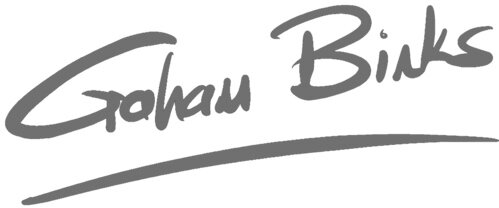Where Should You Draw The Line On Sharing?
/We’ve all seen examples of over-sharing—everyone with a smartphone has access to technology that can spread information to hundreds or millions in the blink of an eye.
While individuals tend to overshare details of their personal lives, businesses are missing opportunities to connect. We have the technology, but haven’t figured out where to draw the sharing line.
When I ask business leaders how they are using technology to connect with their customers and prospects, the answer is generally “social media marketing”. After all, it’s a low cost way to broadcast good news, faster than a press release, and it’s a place to watch out for bad reviews. But social media is hit and (usually) miss.
When I ask how a business forms deeper relationships, we start to uncover opportunities.
Every business produces data, regardless of its core purpose. Whether you manufacture ball bearings, mine uranium, or create software, the information that surrounds your production process can be used to improve your business. If the information is digitized, its value skyrockets simply because it can be shared.
The question is—shared with who? Many business leaders still struggle with this question, but my answer is simple.
Share the information with the people to whom it will be most useful—those who can do good, not harm, with the added knowledge it provides.
Ask two questions …
What information do you have that would harm your business if shared? This is either personal information that your customers have entrusted to your keeping, or intellectual property that a competitor could use. This is the information that you should protect with your information security strategy.
For every morsel that remains, how can you distribute it as quickly and inexpensively as possible in the most convenient way for the reader? You could distribute this in a work intensive way—”call your account manager for order status, account balances, and to change your options”—or deliver it to each customer’s phone, inbox or browser in the manner of their choosing.
Which way will provide your customers with the most convenience and allow your staff to focus on higher value relationship building?
CHALLENGE
Consider the information that your business generates:
Is all the useful data in some system, or on paper?
What information could be used to do harm in the wrong hands?
How can you share everything else in the most efficient, need to know basis?
Trusting Technology is a book about forming ideas, exploring opportunities with customers and colleagues, and building your future together. Order you copy here . This article is also available in hardcopy as part of my 10-minute Reflections series of exercises—order volume 1 here and volume 2 here.

